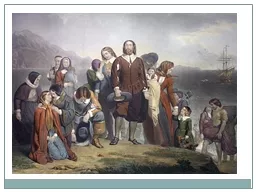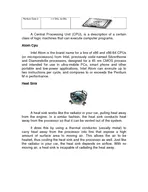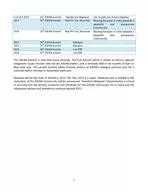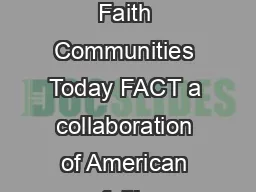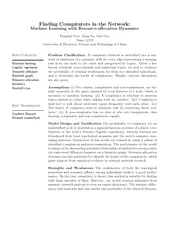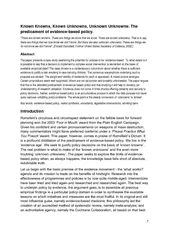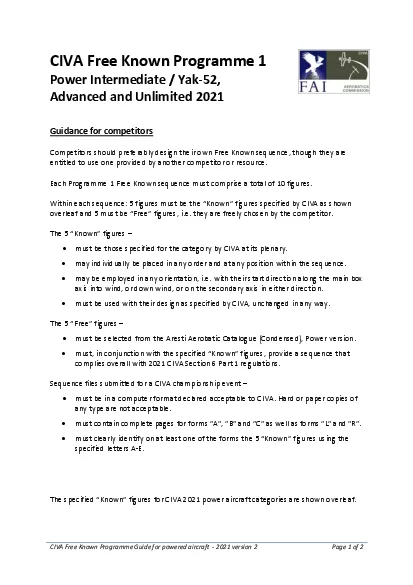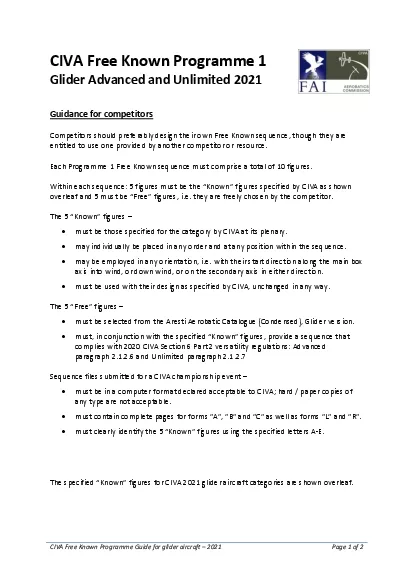PPT-KNOWN AS
Author : yoshiko-marsland | Published Date : 2016-11-01
PILGRIMS THEY HAD LEFT ENGLAND BECAUSE OF RELIGIOUS CONFLICT YOU HAVE BEEN FORCED TO LEAVE YOUR HOMES FOR A NEW LAND ACROSS THE OCEAN WHAT KIND OF PROBLEMS WOULD
Presentation Embed Code
Download Presentation
Download Presentation The PPT/PDF document "KNOWN AS" is the property of its rightful owner. Permission is granted to download and print the materials on this website for personal, non-commercial use only, and to display it on your personal computer provided you do not modify the materials and that you retain all copyright notices contained in the materials. By downloading content from our website, you accept the terms of this agreement.
KNOWN AS: Transcript
Download Rules Of Document
"KNOWN AS"The content belongs to its owner. You may download and print it for personal use, without modification, and keep all copyright notices. By downloading, you agree to these terms.
Related Documents

